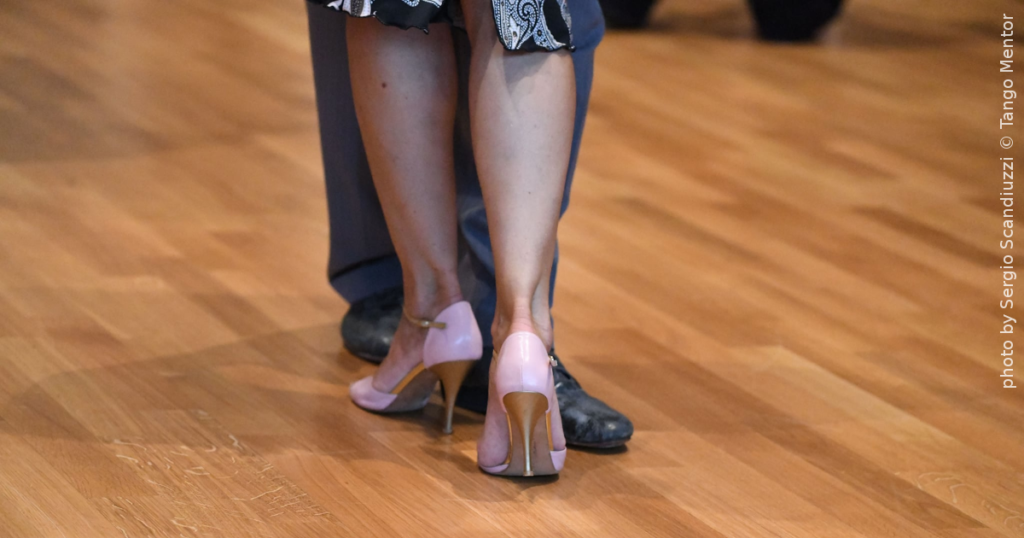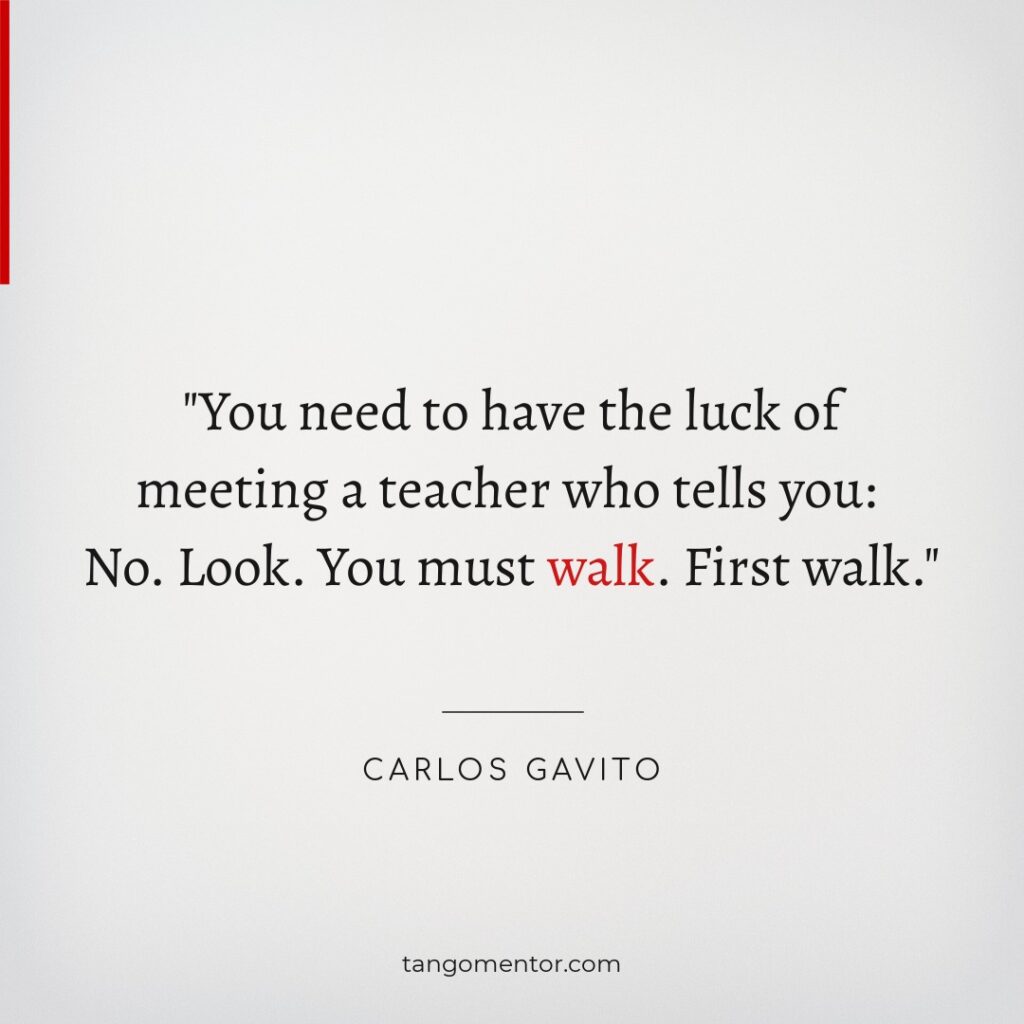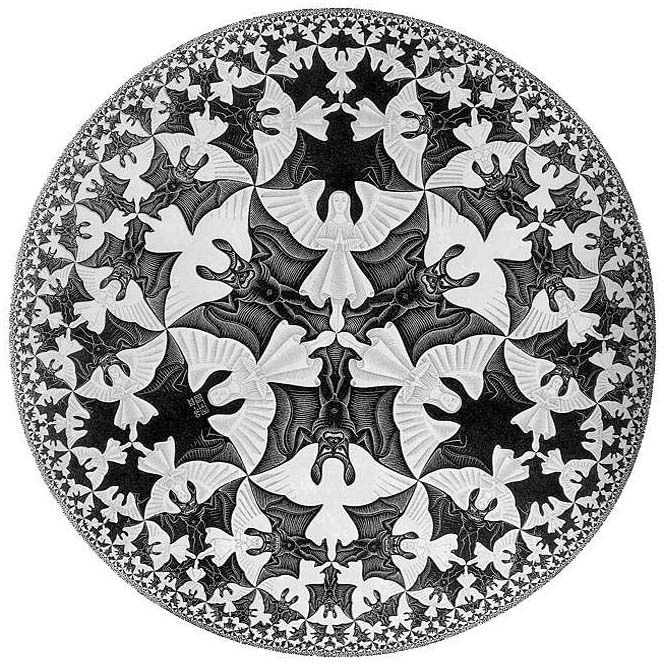
Understanding how you learned things and why you dance the way you do is very important if you have ambition to improve your dancing. Of course, you can let things grow naturally and let go of a pre-planned tango journey, but there are people like me who have clear goals and know where they want their journey to take them and how they want to dance.
If you’re like me and want to purposefully guide it, you’re like a ship sailing on an open ocean – you will catch the winds that take you towards your direction and disregard others. Doing so will save you a lot of energy and money on useless workshops, help you avoid disappointing events, and allow you to develop your own taste and have a distinct opinion.
Isn’t that an important trait of people with integrity? I think so! I strongly believe in the message best expressed by the verses in Ella Wheeler Wilcox’s poem “Tis The Set Of The Sail”:
One ship sails East,
https://www.poetrynook.com/poem/tis-set-sail-or-one-ship-sails-east
And another West,
By the self-same winds that blow,
‘Tis the set of the sails
And not the gales,
That tells the way we go.
The views in this article are not meant to be taken as strict rules or something… they’re just my observations, as in everything I write on this blog.
Tango and Chicken in a Vacuum
There was a farmer whose chicken didn’t lay any eggs, so he called a physicist for help. The physicist then did some calculations and said, “I have a solution, but it only works for spherical chickens in a vacuum.”
Yeah, it’s a joke. Since I don’t want to take credit for it, here is the scene from the show “The Big Bang Theory” (Season 1, Episode 9) where I stole it from:
Now, let me spoil the joke by trying to explain it: chickens are neither spherical nor do they live in a vacuum – so no rigid formula will work. I know you got it without me analyzing it – but I need to do that in order to connect it with tango. Tango dancers are not spherical, nor are they all the same. They also don’t live in a vacuum, nor in some ideal environment for learning how to dance.
People come to tango bringing with them what they are: their talents and flaws, their preferences and values, their personality and their experience… Everything they bring reflects on the way they learn and on the way they dance. On the other hand, you might live in a culture that is quite different from the one where tango was created, you might feel uncomfortable with some aspects of dancing in intimate closeness, you might also have problems finding teachers, etc.
“But, Ivica, you said that your own journey is mostly defined by your own determination and curiosity…”, you might say.
Yes, one might have purpose and integrity, but they also have to be aware that there’s an environment that shapes them as well. Using the analogy with the joke, you might not be spherical, but you’re also not living in a vacuum.
Not Spherical, Nor in a Vacuum
Who knows how many factors might influence the way you dance – it may be four, but it also may be 4 million. I created these little lists based on my experience. Maybe I could add some more, but I believe that those are the most important.
Personal factors:
1) Your anatomy – You might be able to change some things about yourself, but I am sure you can’t add or take away centimeters (inches) of how tall you are… or how long your legs are (although I’ve seen some crazy people doing it)… or your arms… All of that influences the mechanics of your movement and your embrace.
2) Your energy level – Lately, I’ve decided to wake up early and do some running… That increased my energy level and, you know what? I started dancing milonga with traspie more often – something which I did rarely in the past.
3) Your personality – I have a student who is always slow and relaxed (or at least looks like it) – not that he has no energy or he is tired, it’s just the way he is. I’m sure you can imagine how he dances, despite me insisting for him to put more energy into his steps. People dance the way they are, not the way we teach them.
4) Your talent – You might try to shoot for the stars to hit the Moon all you want, or work your backside off – but reality is that your dancing is still limited to what your talent is. We have a saying here in Macedonia: “Don’t stretch your legs longer than your mattress is”.
Maybe dancers don’t think about these things too much, and they don’t always have to, but I believe that this is part of being a good tango teacher. Dancing is beautiful when it can be shaped to the shape of people that dance it.
Environmental factors:
1) The culture you developed in – I had amazing intimate tandas with girls from Finland, and I’ve seen great dancers… but, I had an online student who once told me: “People here in Finland feel comfortable staying naked with each other in the sauna, but are afraid of embrace”. I don’t know how true that is, but yes, that can change a few things in your dancing.
2) Your teachers – When people start with tango classes, they have no clue what kind of teacher they choose: so, it’s usually a game of luck.

3) The milongas and events you visited – I was trying dancing milonguero in a community where no one did. It was hard, but I enjoyed it… and then I visited a milonguero event in Italy: that changed many things in how I think – and I doubled down on my efforts to create more traditional milongas and to improve my dancing.
4) Partners you danced/practiced with – I was so lucky to practice with a partner who was stubborn and didn’t want to help while I was dancing. If I didn’t lead her, she wouldn’t execute anything, even if she knew my intention. That kind of tough love is golden.
Do you like reading my articles? If you do please consider a small contribution to the existence of this blog. I appreciate every contribution, big or small, as much as you feel you gained value from this article.
From my heart to yours!
Ivica
Securely processed by PayPal
One or more of these factors will probably have more influence than the others, but I believe they all work together, and in rare occasions, you can’t tell what made you dance the way you do. It’s like M.C. Escher’s works where you can’t really tell what makes the forms the way they are.
In the illustration bellow, do the angels shape the devils or is it vice versa?

Understanding the influences behind one’s dance style can lead to greater self-awareness and growth as a dancer. Like with everything in life – we don’t live in a vacuum and we are not spherical! Fortunately!

Leave a Reply